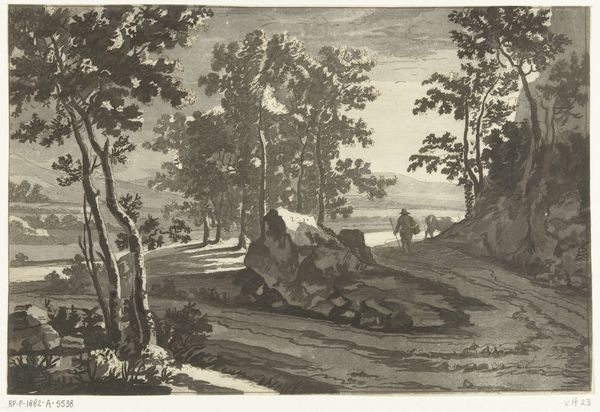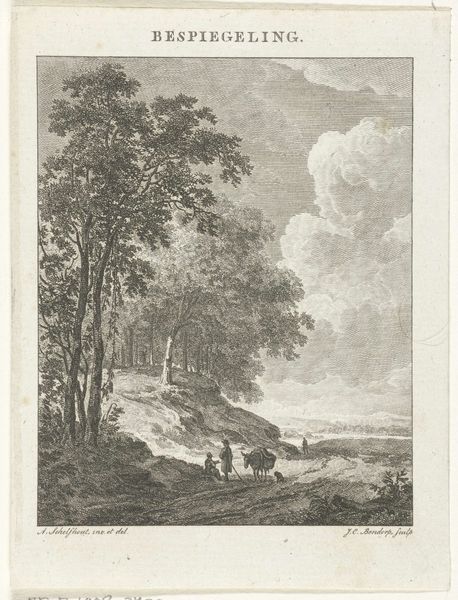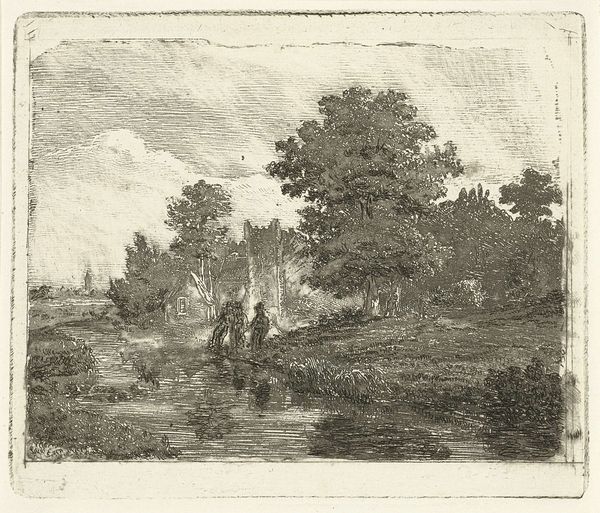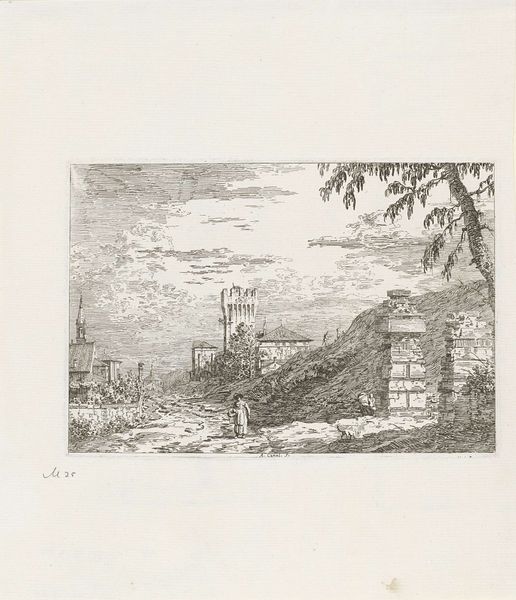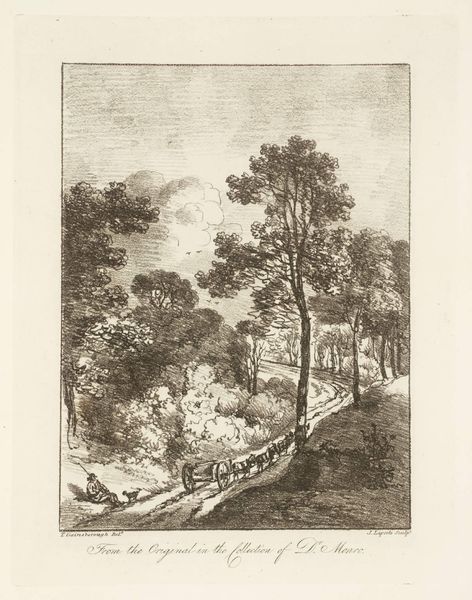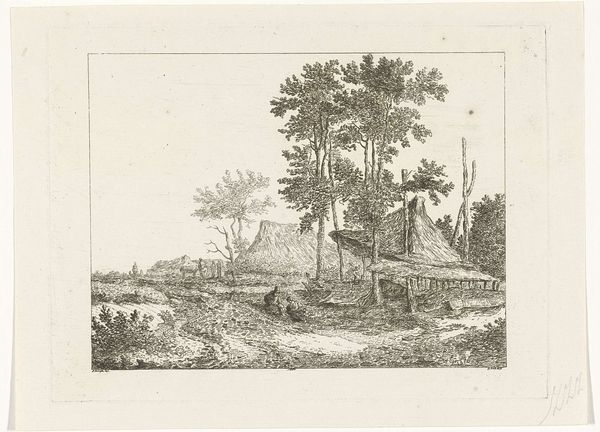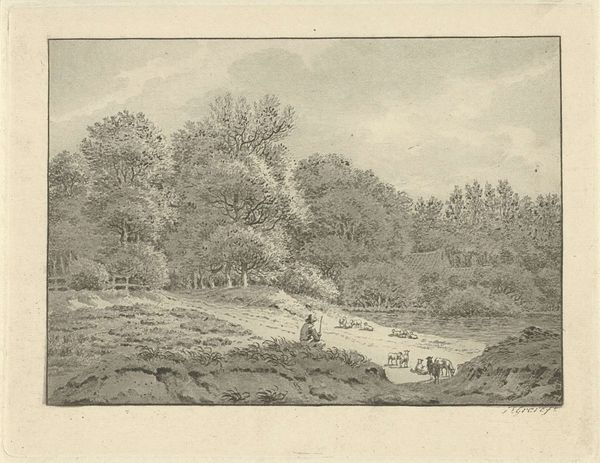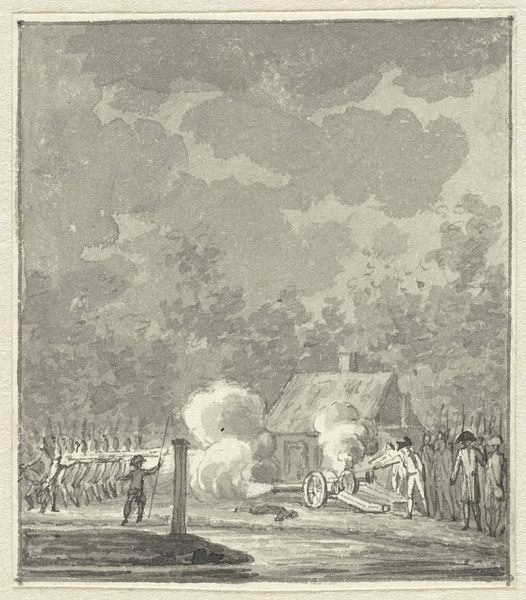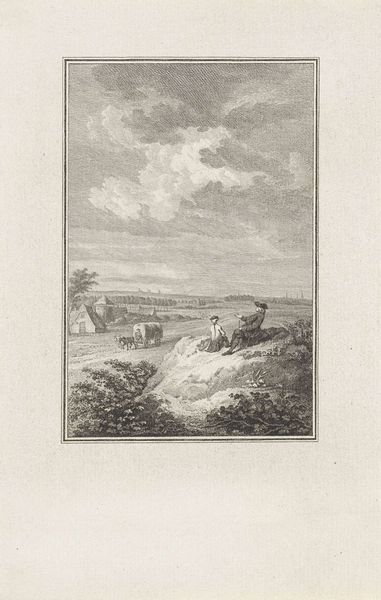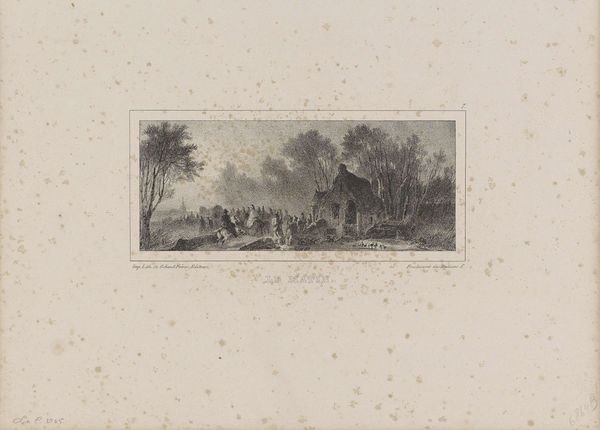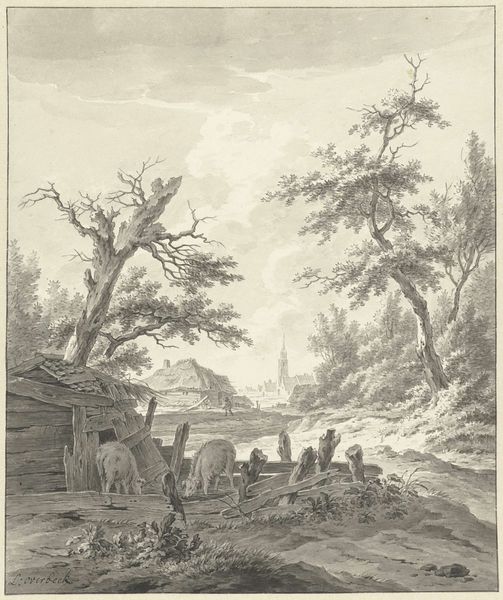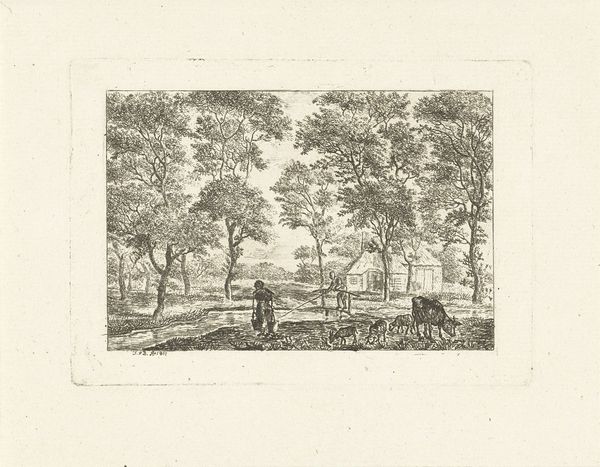
Ruïne van de kruitfabriek Sollenburg na de ontploffing op 14 augustus 1758 1792
0:00
0:00
print, etching
#
dutch-golden-age
# print
#
etching
#
old engraving style
#
landscape
#
romanticism
#
cityscape
#
history-painting
Dimensions: height 240 mm, width 160 mm
Copyright: Rijks Museum: Open Domain
Editor: We’re looking at "Ruin of the Gunpowder Factory Sollenburg After the Explosion on August 14, 1758," a 1792 etching by Reinier Vinkeles. The scene is quite desolate, with a leaning windmill and collapsed buildings. What stands out to you in this print? Curator: Observe the artist’s rendering of texture. Note the delicate, yet decisive, lines. Through a structured network of cross-hatching, Vinkeles generates both depth and mood. The ruins depicted evoke both the specific event in the title and a more generalized statement on the temporality of human creation when pitted against natural forces, don't you agree? Editor: That's a great point. It almost feels like a stage play. But beyond the lines, is there something to say about the cloud composition? Curator: Yes. Semiotically, the billowing clouds serve less as mere atmosphere and more as a signifier of the devastating explosion itself. Consider their dark tonality versus the lighter shades applied elsewhere; such contrasts heighten the print's overall sense of drama, thereby underscoring the artwork’s intrinsic theme of decay and collapse. Is there a compositional arrangement to be decoded here? Editor: Now that you mention it, the positioning of the human figures almost looks as if the subjects were nonchalantly passing by onlooking at some rubble. Curator: Precisely! These human figures act as mediating components that offer an entry point into this fractured vista, facilitating an assessment of our inevitable fate through this artistic commentary on impermanence. What is the relationship of the windmill in the backdrop with all the scattered elements? Editor: The positioning of the windmill acts as an eerie memorial that has survived. I will always view the art in the historical context from now on. Curator: Understanding how such formal components contribute to a unified artistic strategy provides profound insights and an appreciation for the power of artistic articulation.
Comments
No comments
Be the first to comment and join the conversation on the ultimate creative platform.
